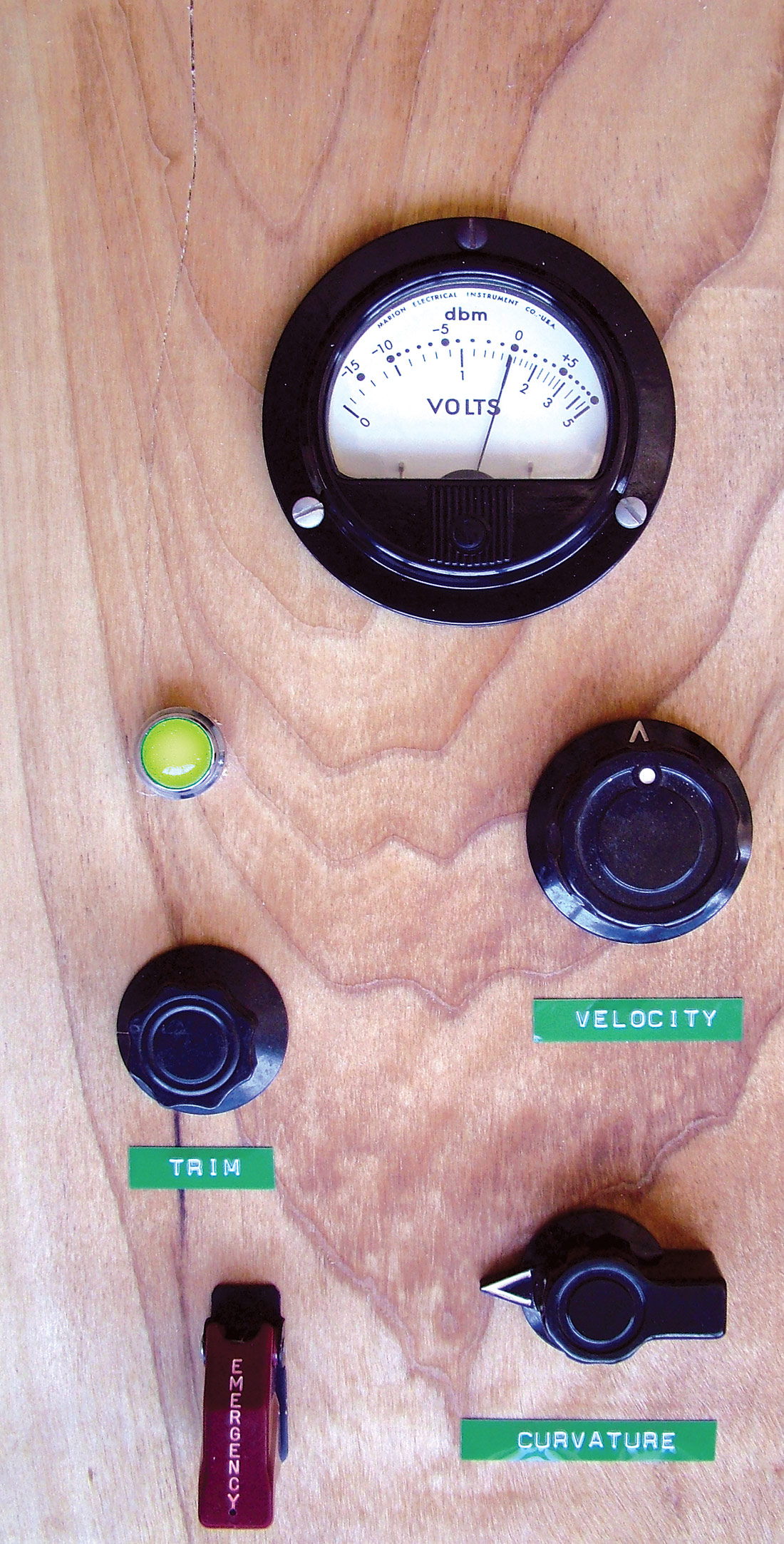In the world of boutique audio equipment, the classics are held in high regard. Manufacturers are praised for releasing the most accurate clones of gear from what people now consider to be the Golden Age (roughly anywhere from 1930-1990) but are often looked down upon for trying to improve on these designs. This stems from a long history of companies recreating older designs with current and often cheaper components and attempting to sell the changes to the public as improvements, but I worry that this bias has caused many of us, including myself, to overlook potentially stunning new designs.
BAE started out as Brent Averill Enterprises, racking vintage console modules for individual use, and have since blossomed into building severely accurate clones of vintage Neve and API designs. If you pull the cover off of a BAE 1073 and lay it next to an original, you'll see the lengths they've gone to in order to be exact; even the wiring looks identical. In the past few years, under the guidance of designer Avedis Kifedjian, they've branched into some modified designs, including the 1023 [Tape Op #73] and 1028 preamp/EQs, which are again near perfect copies of classic modules with only slight modifications to the EQ points, and the 312A preamp [#45], featuring the Avedis 1122 op-amp. The 10DC is an entirely new step for the company - a hybrid design that can be called their own.
In the roughest of terms, the 10DC is a combination of two classic Neve compressors. It has the sidechain and hence compression characteristics of the 33609 (or the extremely similar 2264, 83065, 33314, etc.) combined with a Class A amplifier stage more closely related to the 2254, or 80-series modules such as the 1073, 1064, etc. The Neve Class A amplifier is certainly the most highly- valued aspect of vintage Neve designs, but as far as compression is concerned, the 33609 is often considered superior to its earlier ancestors. On the drawing board, the 10DC looks to be a best-of-both-worlds concept, the kind of which I would often write off myself. There are too many great, classic designs out there. Why mess with it?
My first opportunity to track with the unit came while working with the band Yvette. They're an abrasive, noisy, rock two-piece, and I wanted to try the 10DC in a situation where I would normally have leaned on our 83065. For drum overheads, I used two Coles 4038 ribbon mics [Tape Op #15] in a Blumlein pair through the preamps in our API 1608 console [#81] followed by the 10DC. The drummer uses an alternate kit setup, where both toms are located to the (drummer's perspective) left of the kick drum and both cymbals to the right. The Blumlein setup gave me a nice, wide stereo image that accented the strange setup. I set the limiter on its fastest settings to bring some of the room sound out, while the compressor was set much slower in order to create a more complicated release curve, something I often do with our 83065. The 10DC did exactly what I expected dynamically, but tonally retained a lot more of the chestiness of the kick and low tom than I'm used to hearing. Overall I was extremely pleased.
Having experimented with a situation I was comfortable with, I next tried something different. Most of the band's guitar tones are extremely noisy, but one overdub was intended to be more of a traditional, dynamic rock sound. I plugged in our Orange AD15, and we quickly landed on a tone we were all happy with. In front of the cab a few feet out was our Lucas CS-1, running through a Neve
1070L followed by the 10DC. I took the limiter out of the circuit, set the release to a slow setting, and started to play with the attack control, something which doesn't exist on the original Neve designs. Through some manipulation, I found a spot where the compressor was controlling the input without showing too many artifacts. The 33609 is a fantastic compressor, but it applies its own sonic characteristics to anything that passes through it. The attack control on the 10DC gave me a bit more leeway to get the sound of the compressor out of the way while still having it perform an important duty.
Next, my studio partner Daniel Schlett took a swing at the unit, using the stereo pair on the drum bus for a mix with Jojo Meyer's NERVE. For those who don't know Jojo's work, he is an extremely talented and intricate drummer. Due to the explosive elements of the band's sound, a fast release was the obvious choice. On our 83065, with its fixed 4 ms attack time, this sometimes means losing some of the front edge of the drums, causing us to lean on a parallel signal. The 10DC doesn't have this problem. Even with no parallel clean signal, the drums retained their forwardness, and the tone of the unit perfectly complemented the band's raucous intent.
The BAE 10DC is a giant in its own right, and though it owes design considerations to the Neve compressors that came before it, I think it even surpasses the originals for many of the same purposes. Avedis did far more than just slam together two classic designs, he rethought their functionality and made adjustments where necessary in order to compensate for modern components and uses. Will it attain the notoriety of a vintage Neve? Probably not, but it's a compressor that should not be relegated to living in the shadow of its ancestry. I'm looking forward with excitement to whatever other new products BAE and Avedis have cooked up now that they've stepped further into the world of their own designs. ($1600 MSRP w/ power supply; www.baeaudio.com)




_disp_horizontal_bw.jpg)